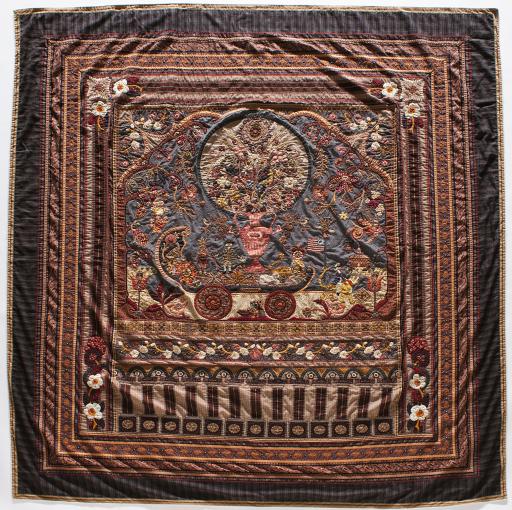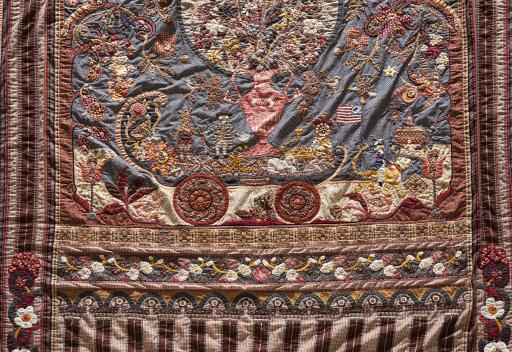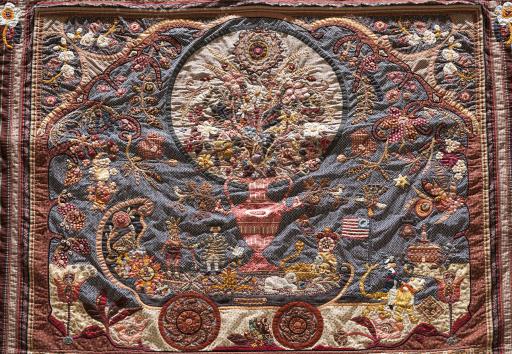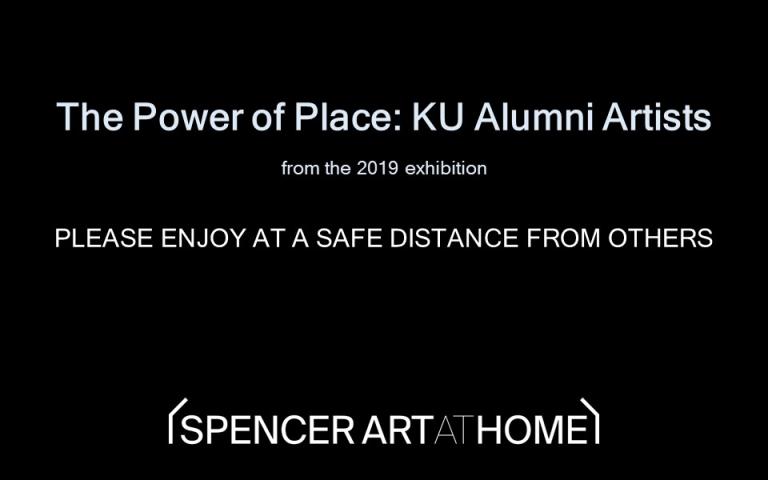Rode to Phila. quilt, Virginia Jean Cox Mitchell
Artwork Overview
Virginia Jean Cox Mitchell, artist
1931–2023
Rode to Phila. quilt,
1987–1988
Where object was made: Lawrence, Kansas, United States
Material/technique: piecing; appliqué; embroidering; stitching; cotton
Dimensions:
Object Length/Width (Length x Width): 247.6 x 223.5 cm
Object Length/Width (Length x Width): 88 x 97 1/2 in
Object Length/Width (Length x Width): 247.6 x 223.5 cm
Object Length/Width (Length x Width): 88 x 97 1/2 in
Credit line: Gift of Virginia Jean Cox Mitchell and Bill
Accession number: 2013.0185
Not on display
If you wish to reproduce this image, please submit an image request








